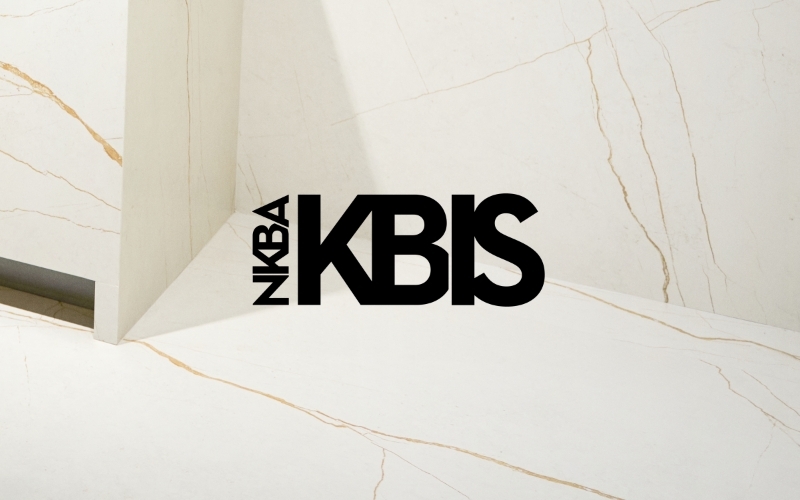Industry Trends
Marketing Insights
Even as many brick-and-mortar retailers face challenges in this digital age, home improvement retail remains strong. In fact, Kantar Retail forecasts that in 2017, the channel will outpace the all-retailing average for the sixth consecutive year.
Fueled by a robust housing market and high shopper confidence, home improvement retailers are in prime position for continued growth. But can they take advantage of this golden opportunity?
I talked with Kantar Retail Director of Retail Insights Laura Kennedy to learn how marketers can capitalize on the present and strategize for the future.
1. What are factors contributing to the home improvement channel’s long stay at the top?
Economic strength is a foundational piece of the growth of home improvement. In order to invest in their homes, consumers have to believe it’s a worthwhile investment. So when the housing market struggled in the mid- to late-2000s, the home improvement industry also struggled. Today home sales and values are on the rise.
New homeowners represent another key factor. The last recession helped create the misconception that millennials would never buy a home and act like their parents. But they’re not all living in cities or afraid of fixer-uppers. Rising home values are making it harder for millennials to enter the market, but they’re still buying homes; they’re just doing it later than their parents did. We need to stop using millennial stereotypes as an excuse for everything.
More and more, big-box stores are figuring out how to offer specialty retailer experiences within the big-box model. They also sell a lot of products that consumers want to touch and feel. I never say never – after all, people are already buying appliances online – but to a certain extent, consumers will always want to make at least some purchases in-store.
Home improvement retailers do a great job of realizing creative opportunities for growth. For example, Lowe’s and Home Depot acquired companies that distribute to maintenance, repair and operations businesses, which capitalize on opportunities to sell to contractors that service the multifamily housing industry. And because the economy is healthy, contractors have more work, and they represent a significant portion of home improvement retailers’ customer base.
2. Home improvement retailers are seeing growth despite challenges for brick-and-mortar retailers. Are online channels picking up the slack?
Online is absolutely a driver. Also, think about the products home improvement retailers sell. Shoppers want to research washers and dryers, countertops and leaf blowers before they click the buy button. The digital space enables all of that research, from online reviews to brand site content. The more retailers can serve as a resource, the better.
Amazon is the wild card. Consider that 37 percent of all shoppers are Amazon Prime members. Plus, about half of those say that once they join Prime, Amazon becomes their first destination. So, what does Amazon offer besides convenience? For starters, they have customer reviews and product information in staggering quantities. To compete, stores have to improve the content on their own sites.
Will we get to a place where stores become simple showrooms – a place for consumers to research products in person before they buy them online? It’s a real danger. Home Depot believes it can always win the battle for items like fresh flowers and outdoor products. But they and other brick-and-mortar retailers have to also defend cube items that are easy to ship, such as faucets.
This is a big reason why retailers are working so hard on the service aspect. They’re showing consumers their stores are places to get helpful advice and competitive pricing.
3. More than 40 percent of shoppers now research products online before they visit a store. What does this mean for home improvement retailers?
The role of digital in home improvement continues to grow, and retailers have to shift from individual channel strategies to a more holistic marketing approach. Fundamentally, this means having the right images and video as well as plenty of reviews. Content must also be written using language the majority of your customers use for your products. For example, do your customers search for tin foil or aluminum foil?
Home Depot and Lowe’s are doing a really good job in respect to digital. Practical, forward-thinking tools like Home Depot’s augmented reality feature make a big difference to consumers.
4. Will brick-and-mortar retail still have a prominent role in the years to come?
That’s the million-dollar question. A lot of dynamism remains in this space, and Home Depot and Lowe’s each embody a lot of what can be great about the big-box experience.
Big-box used to mean putting up four walls and throwing everything inside without much thought. Now, smart retailers are positioning their physical stores as part of a full omni-channel experience. Stores represent one point of distribution in a complex ecosystem.
To remain successful, retailers must think about their product assortment. You may not need to reduce the number of items in your store, but can you present the items on the shelf in a different way? Can you offer exclusive products? Are you selling products or solutions? Are you thinking about how your unique expertise can shape your customers’ experience?
Home improvement retailers are at a critical juncture. Will you stick with proven strategies, or will you seize new growth opportunities and take on associated risks? This Thursday in Charlotte, join Kennedy and colleague Doug Hermanson, Kantar Retail’s principal economist, at their Home Improvement Workshop. You’ll learn how to shift your team’s planning toward more digital, experience-oriented home improvement and stay ahead of the curve.
Register for the Home Improvement Workshop
You might also be interested in:
Omni-Channel Marketing and Home Improvement


